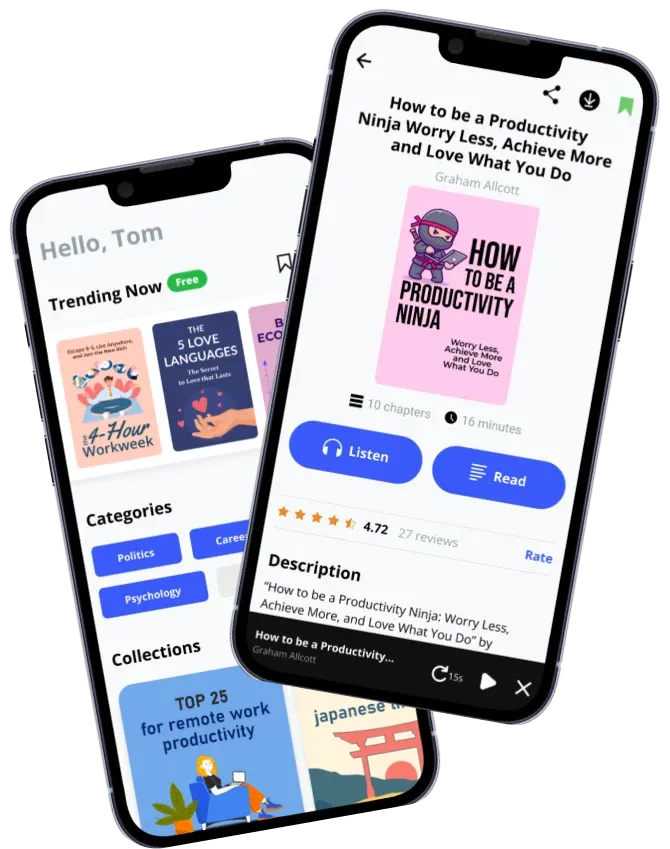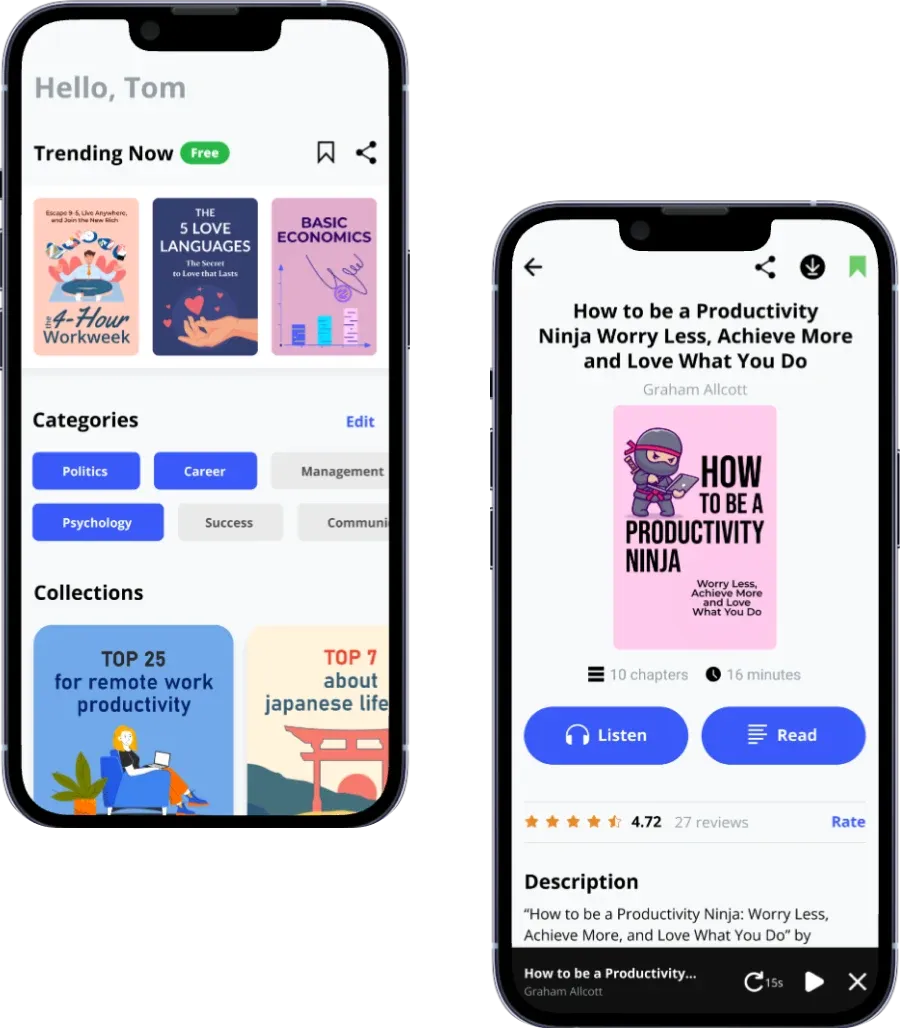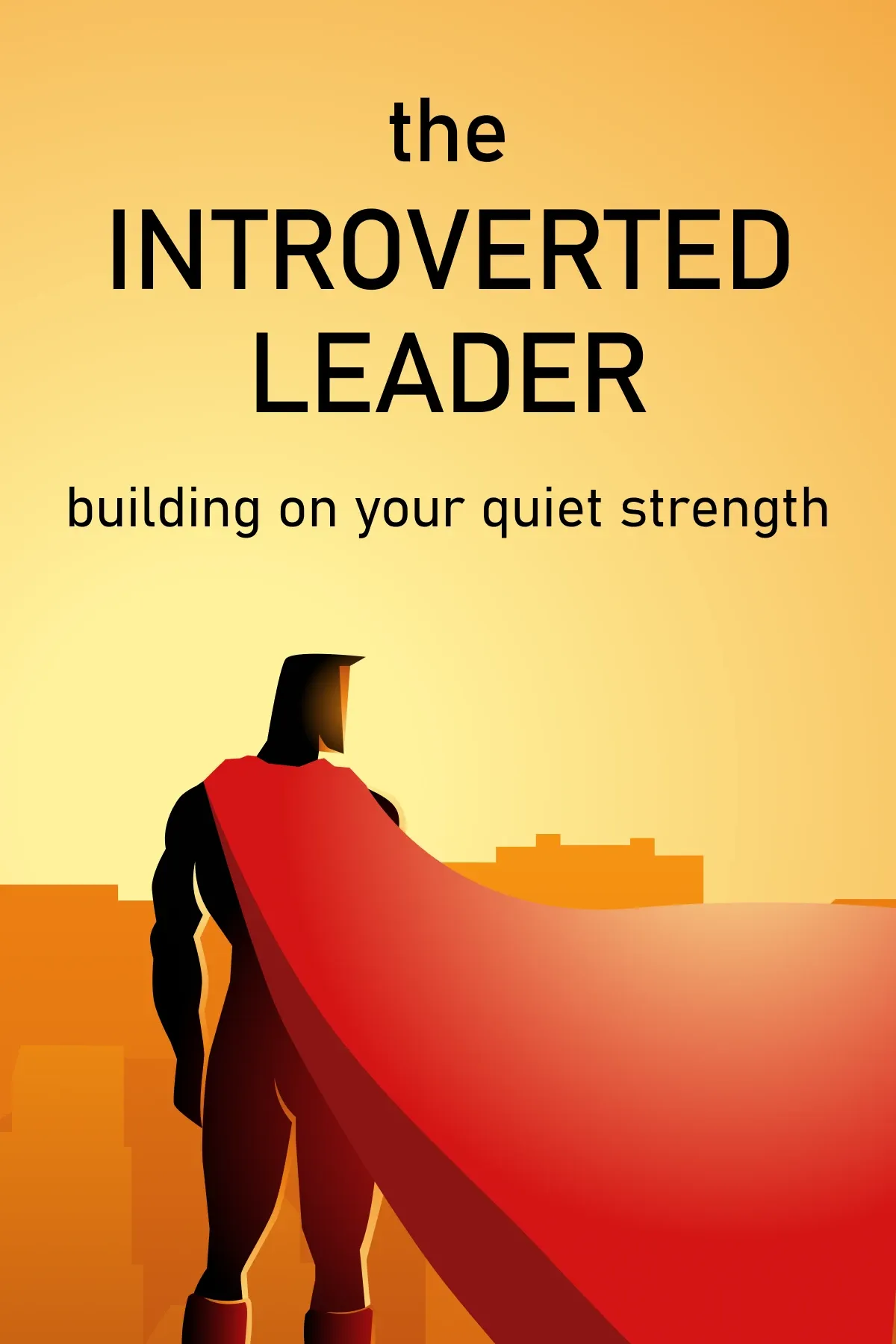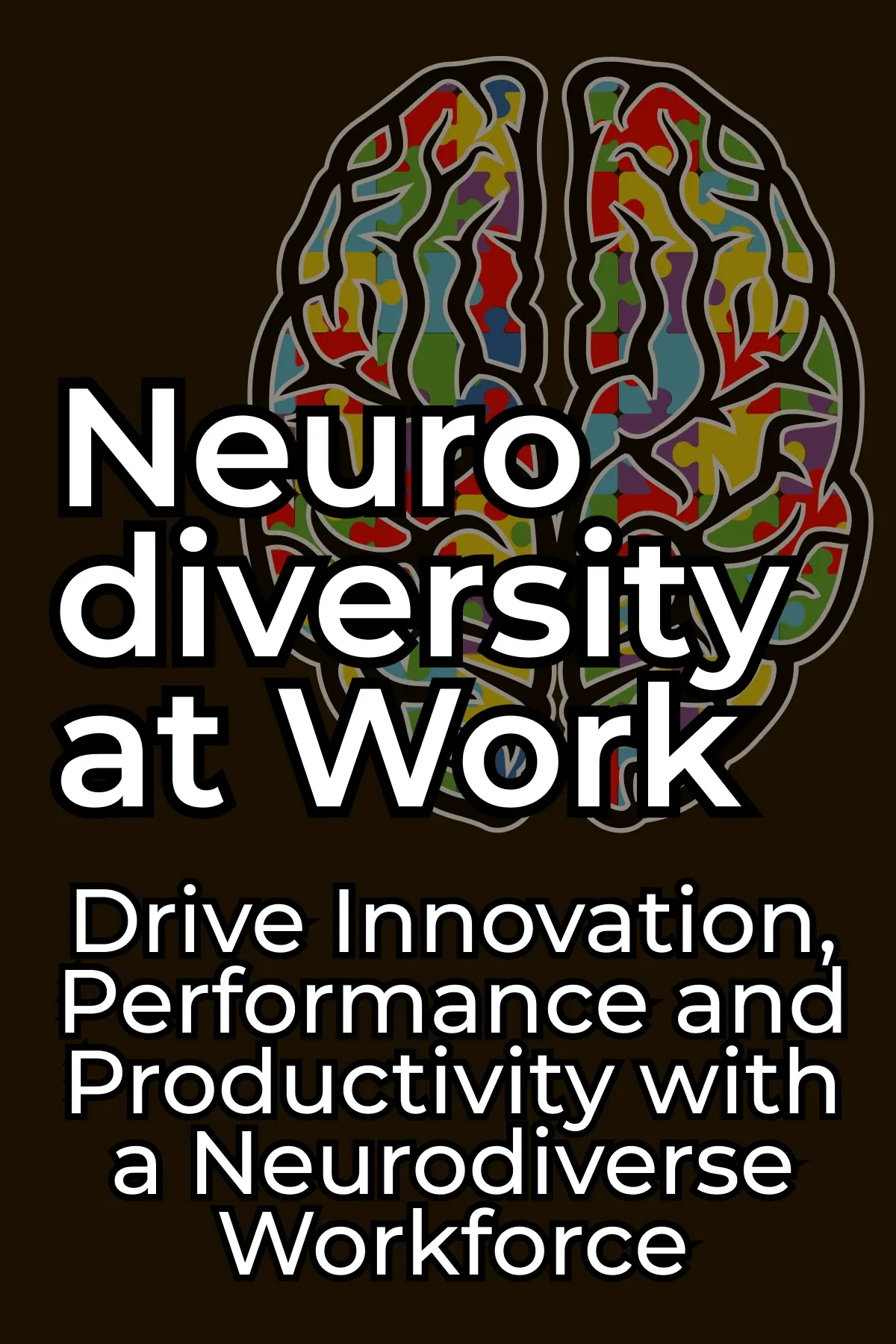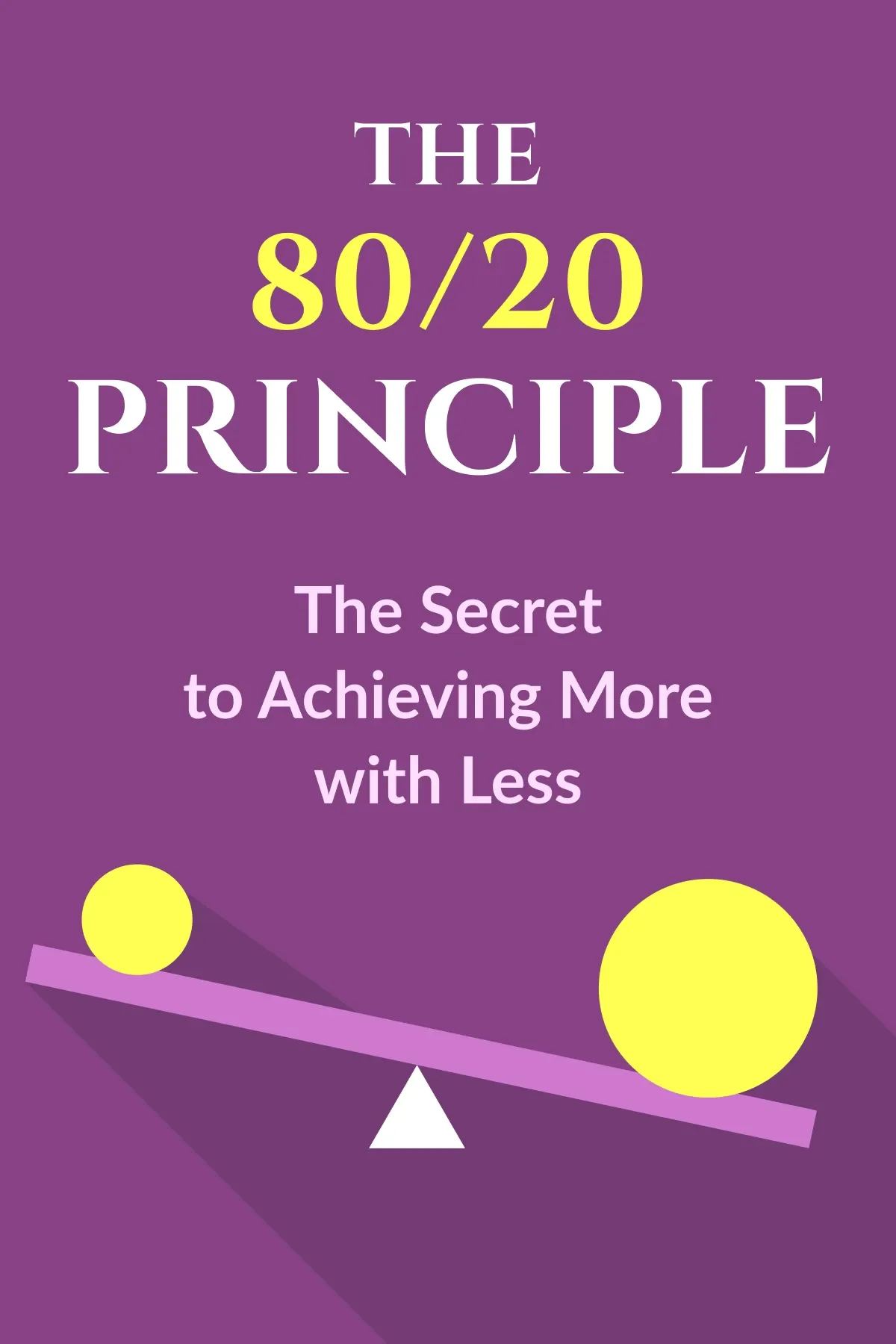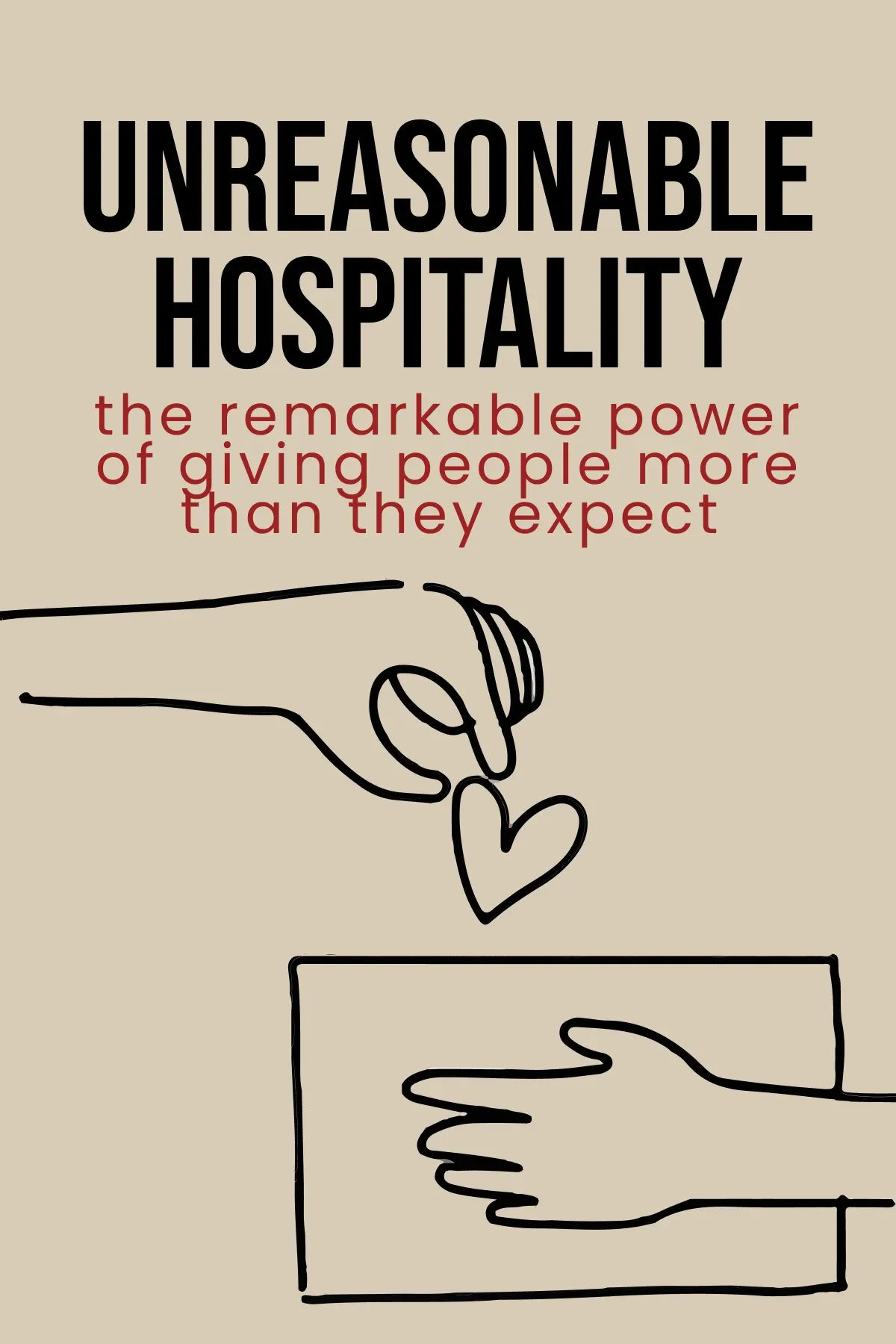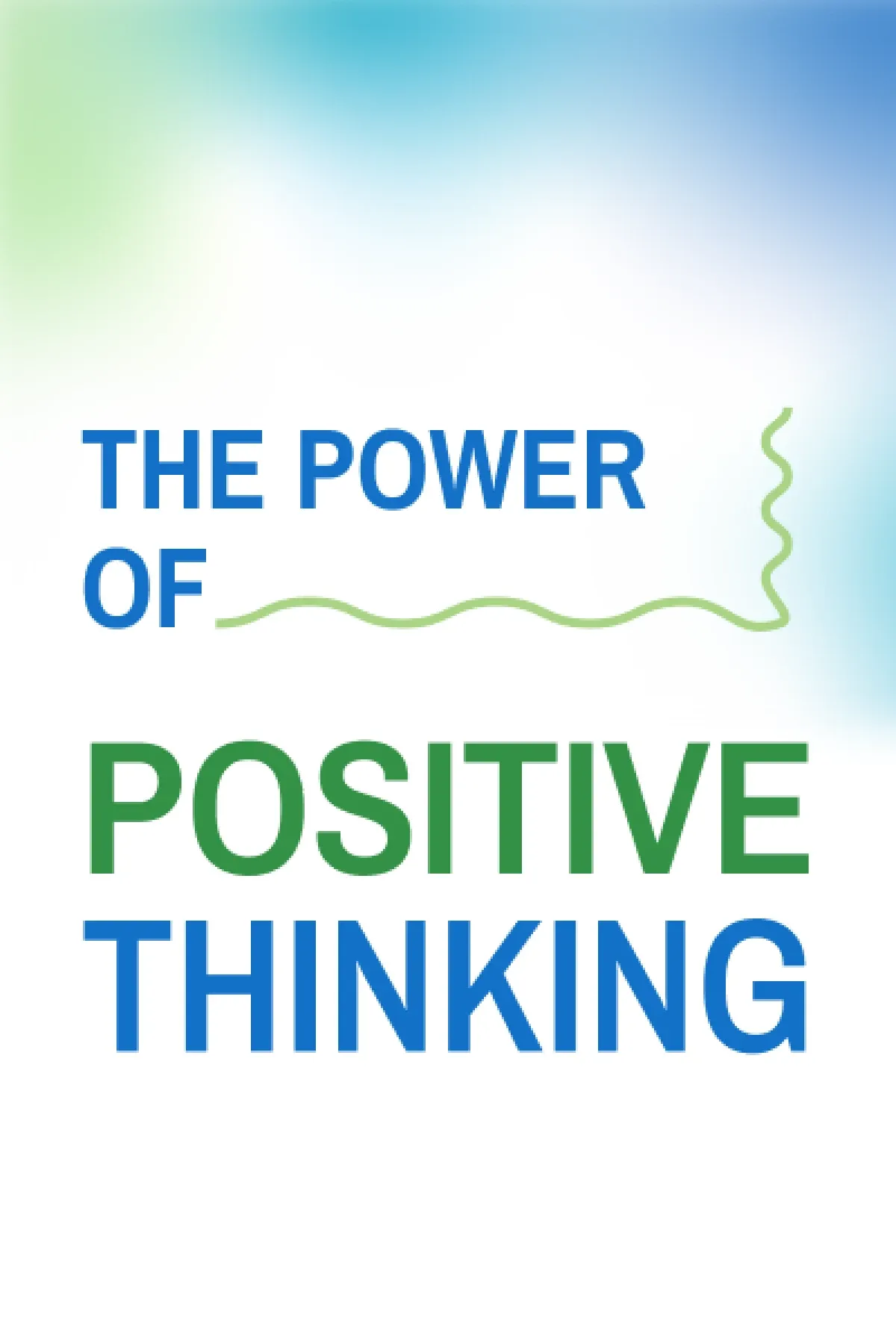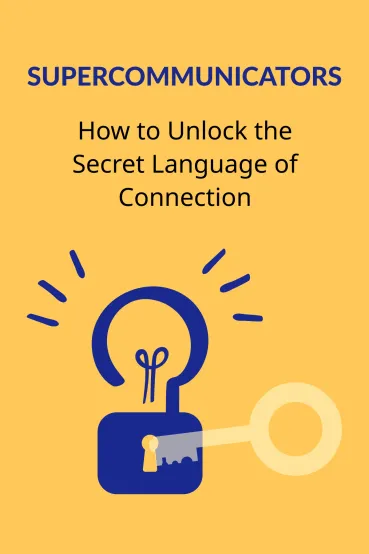
Supercommunicators
Brief Summary
Do you struggle with communication or just want to improve this skill? Then, Charles Duhigg’s book “Supercommunicators” is your first step to learning the art and science of effective conversation. It will teach you to navigate different types of discussions and turn challenging encounters into positive connections.
Topics
Key points
Key idea 1 of 6
What do we actually pay attention to when choosing who we trust or befriend? It all comes down to the way we communicate. Dartmouth’s Social Systems Lab research on how people connect showed that if the communication between people is effective, their brains synchronize.
It proves that “supercommunicators” aren’t those talkative leaders who dominate the conversation. Instead, these are people who encourage everyone to talk by asking questions and listening actively. So, being a supercommunicator doesn’t require that much. First, listen to your instincts. If you feel like the person needs empathy, you should offer it. Try to hear your interlocutor and notice special small moments that can change your conversation for the better. Only in this way can we create meaningful communication where everybody listens and is heard.
Imagine talking to your friend who is worried about moving to a different city. They are sharing their worries and all the difficulties they will need to overcome. You start offering some solutions, yet your friend seems annoyed with it. Well, it’s a good example of miscommunication. It’s very likely your friend wants some emotional support, not advice. One of the skills of supercommunicators is the mastery of the “matching principle.” Simply put, they quickly understand the kind of conversation and change the way they communicate in response to that. Thus, supercommunicators end up having a genuine connection with their interlocutor.
There are so many kinds of conversations, but you won’t have any difficulty identifying them. The first one is called “What’s This Really About?” Here, people are trying to find solutions to some issues. The second one is concentrated on emotions and is called “How Do We Feel?” The last “Who Are We?” conversation type is about discussing relationships and identities. If you want to know more about each kind, move on to the next key idea.
You may also like these summaries
